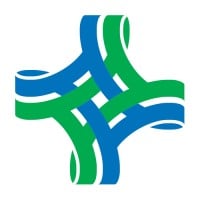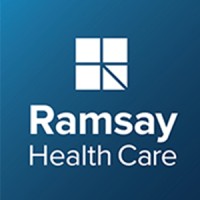
Mercy Health
At Mercy Health, we understand that every family is a universe. A network of people who love, and support, and count on one other to be there. Everybody means the world to someone and we are committed to care for others so they can be there for the ones they love. With nearly 35,000 employees across regions of Ohio and Kentucky, we’re one of the largest health care systems in the country. At each of our more than 600 points of care, we deliver high-quality, compassionate care with one united purpose: to help our patients be well in mind, body and spirit.






